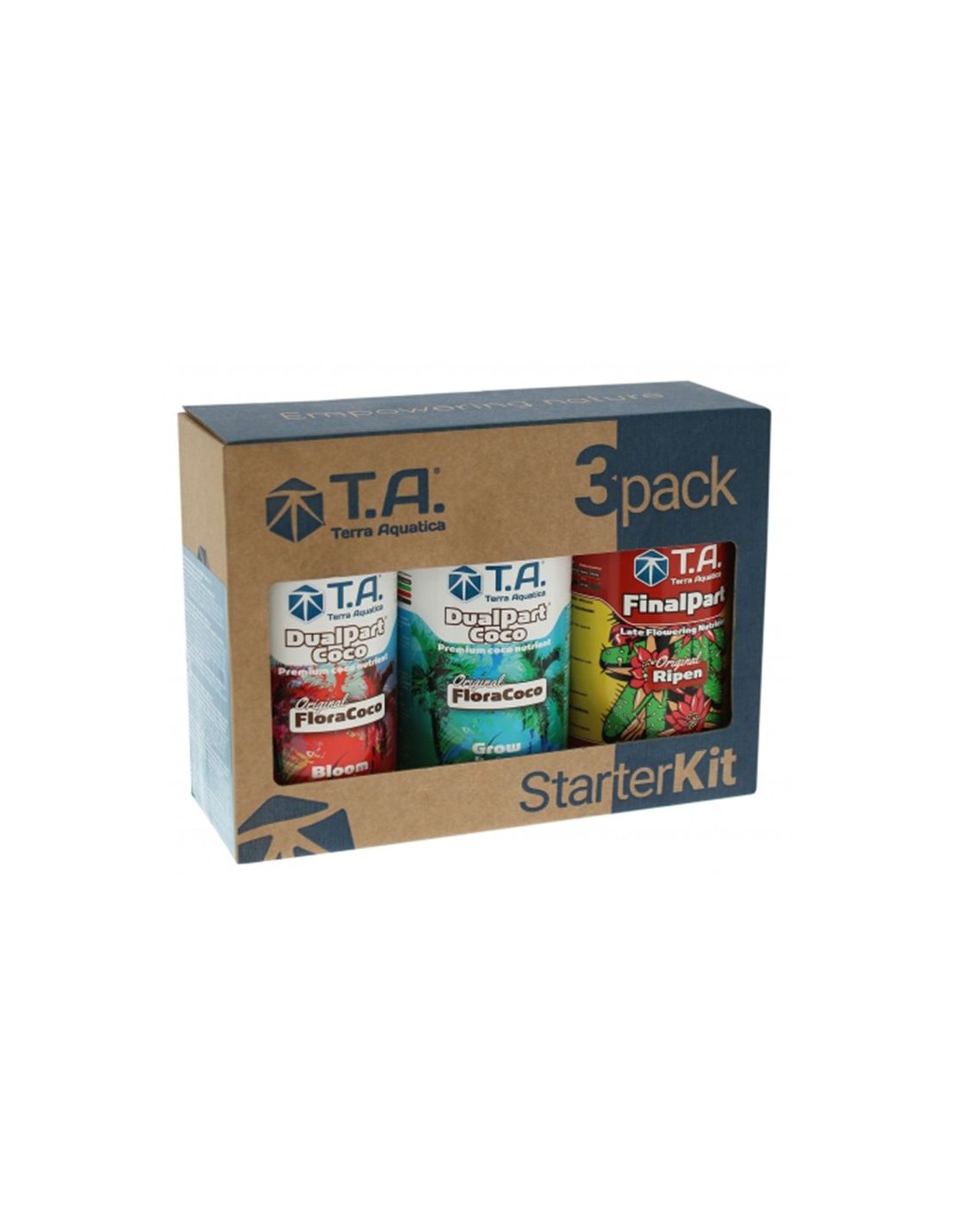Ca++
Well-known member
You can't compare to any other feed, as the numbers are wildly inaccurate. They hide behind the quoted 'minimum guaranteed analysis' line, to give you numbers over 100% different in my lab reports. Here in the UK we expect a bottle to be right. They said I was wrong to expect what they said. Saying this minimum line was on the bottle. It wasn't.GHE (now T.A) makes a 2 part formula for coco (FloraCoco)

It has values as:
(minimum guaranteed analysis)
Grow: NPK 4-0-5
Total Nitrogen (N)4,2%, Ammonialacal nitrogen 0,2%, Nitrate nitrogen 4,0%, Potassium oxide (K2O) 5,0%, Calcium oxide (CaO) 5,0%, Boron (B), 0,006%, Copper (Cu), chelated EDTA 0,007%, Iron (Fe) chelated 0,1% EDDHA 0,1%, DPTA 0,1%, Manganese (Mn) Chelated EDTA0,05%, Zinc (Zn) chelated EDTA 0,015%
Bloom: NPK 1-6-4
Total Nitrogen (N) 1,0%, Ammoniacal nitrogen 0,6%/Nitrate nitrogen 0,4%, Phosporic anhydride (P2O5 6,0%,), Potassium oxide (K2O), 4,0%, Magnesium oxide (MgO) 3,0%, Sulphuric anhydride (SO3) 5,0%, Boron (B) 0,015%, Copper (Cu) 0,003%, Iron (Fe) chelated 6,0% EDDHA 11%, DPTA 0,012%, Manganese (Mn) chelated EDTA 0,006%, Molybdenium (Mo) 0,0015%, Zinc (Zn) chelated EDTA 0,004%
My question is, how does this formula compare to H3ads formula?
DualPart Coco feeding chart for coco:

There is no point reading a bottle, if major elements are over double that stated. I won't touch there feeds again. They are not for people that have a recipe in mind. They are for people that follow blindly.

